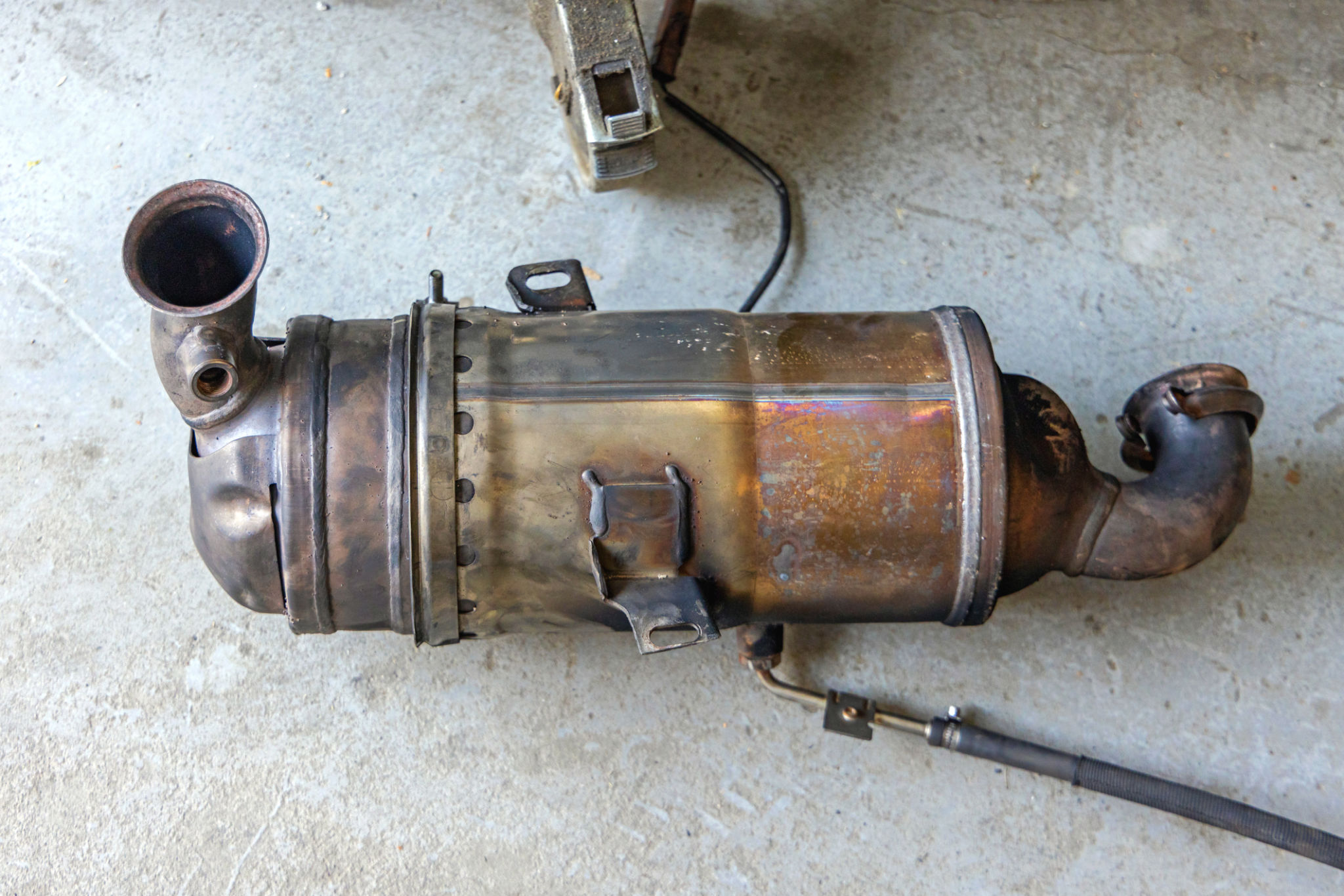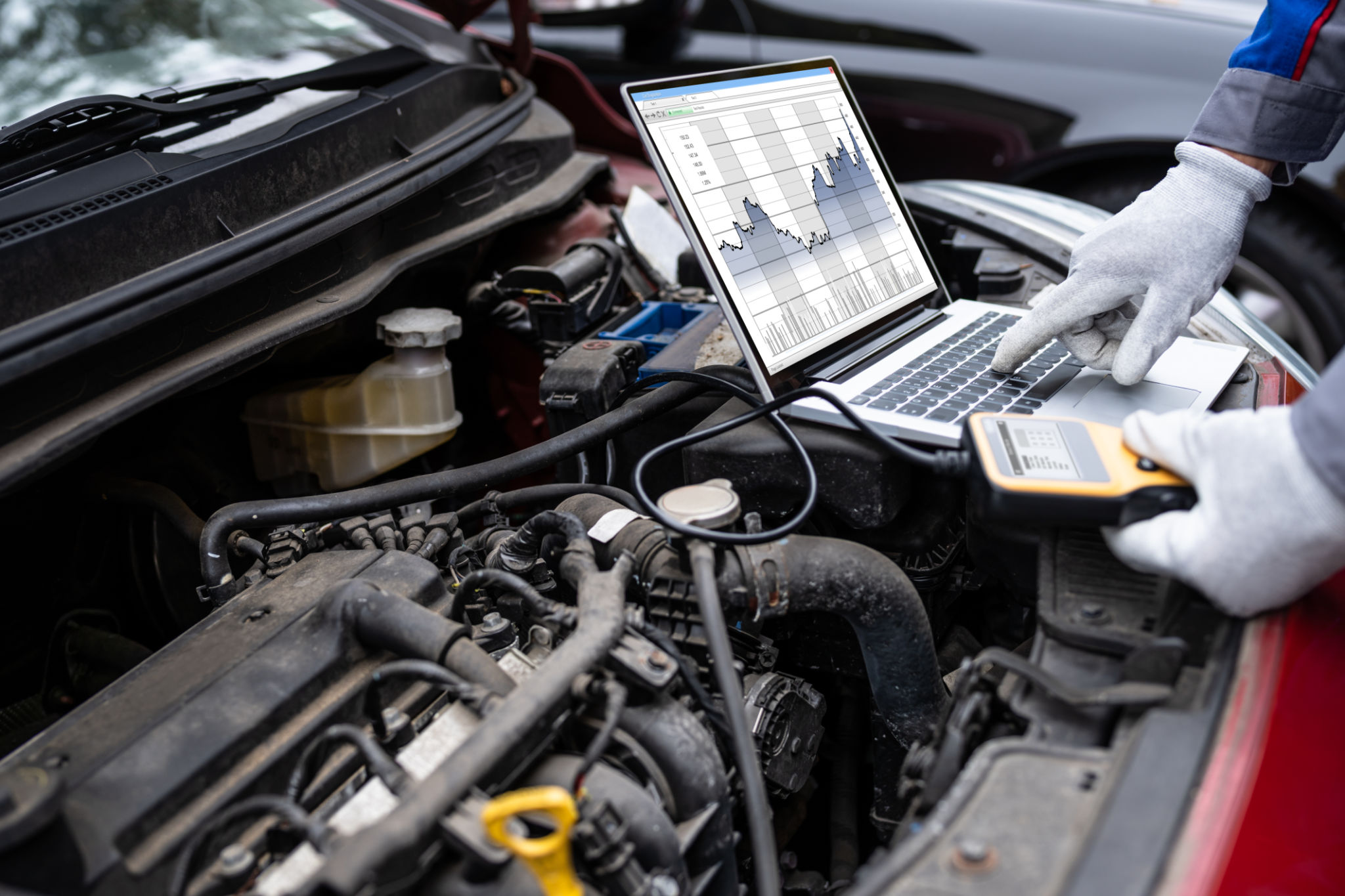How to Clean a Diesel Particulate Filter: A Step-by-Step DIY Guide
Understanding the Diesel Particulate Filter (DPF)
The Diesel Particulate Filter (DPF) is an essential component in diesel engines, designed to trap soot and harmful particulates emitted from the exhaust. Over time, these filters can become clogged, leading to reduced engine efficiency and increased emissions. Regular cleaning of the DPF is crucial to maintain optimal engine performance and reduce environmental impact.

Signs Your DPF Needs Cleaning
Recognizing when your DPF needs cleaning is critical. Some common signs include:
- Reduced fuel efficiency: A clogged DPF can cause your engine to work harder, consuming more fuel.
- Loss of power: If you notice a drop in engine performance, it might be due to a blocked filter.
- Warning lights: Modern vehicles have warning lights on the dashboard to indicate when the DPF needs attention.
Gathering Your Tools and Materials
Before you start the cleaning process, gather all necessary tools and materials. You'll need:
- Protective gloves and eyewear
- A high-pressure air compressor
- DPF cleaning solution
- A wrench set
- A catch pan for any runoff

Step-by-Step Cleaning Process
Step 1: Remove the DPF
Ensure your vehicle is parked on a flat surface and the engine is cool. Use the wrench set to carefully detach the DPF from the exhaust system. Make sure to consult your vehicle's manual for specific instructions related to your model.
Step 2: Inspect the DPF
Once removed, inspect the DPF for any visible damage or excessive clogging. If it's severely damaged, replacement might be necessary. For regular cleaning, proceed with the next steps.

Step 3: Apply Cleaning Solution
Place the DPF in a suitable location where it can drain safely. Apply the DPF cleaning solution as per the manufacturer's instructions. This solution helps dissolve soot and ash buildup inside the filter.
Step 4: Use High-Pressure Air
After letting the cleaning solution sit for the recommended time, use a high-pressure air compressor to blow out any loosened particulates. Ensure you do this in a well-ventilated area while wearing protective gear. Repeat this step until no more debris is expelled from the filter.
Reinstalling and Testing
Step 5: Reinstall the DPF
Once cleaned, carefully reinstall the DPF back into its original position in the exhaust system. Ensure all connections are secure and tight to prevent any exhaust leaks.
Step 6: Test Your Vehicle
Start your engine and let it idle for a few minutes. Monitor for any warning lights or unusual sounds. If everything seems normal, take your vehicle for a short drive to ensure that performance has improved and fuel efficiency is restored.

By following these steps, you can effectively clean your Diesel Particulate Filter, enhancing your vehicle's performance and longevity while contributing to a cleaner environment. Regular maintenance is key to avoiding costly repairs and ensuring your diesel engine runs smoothly.
